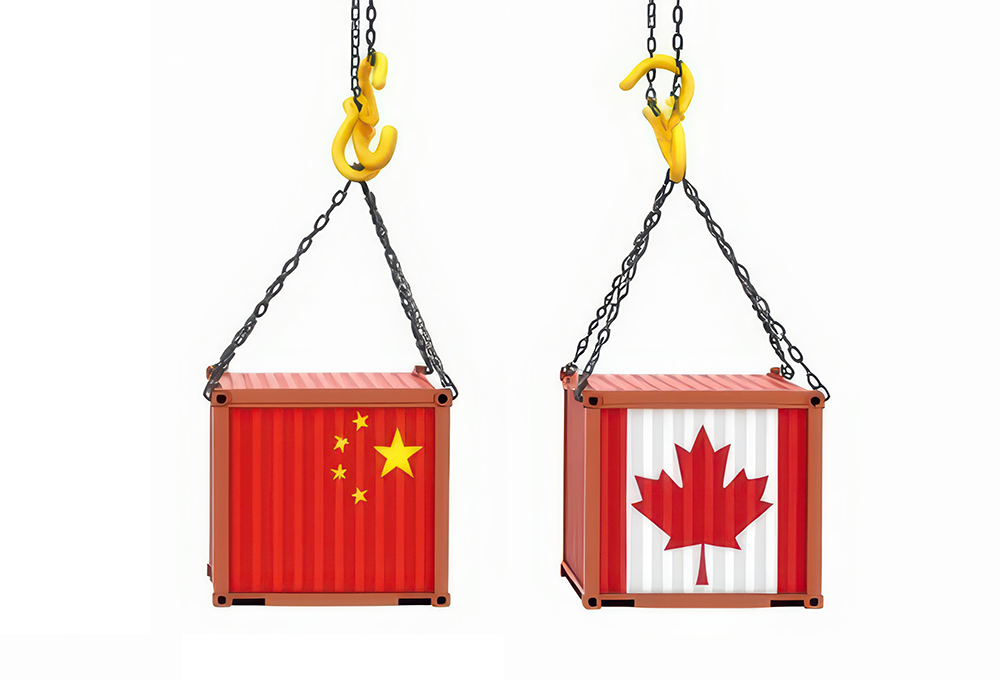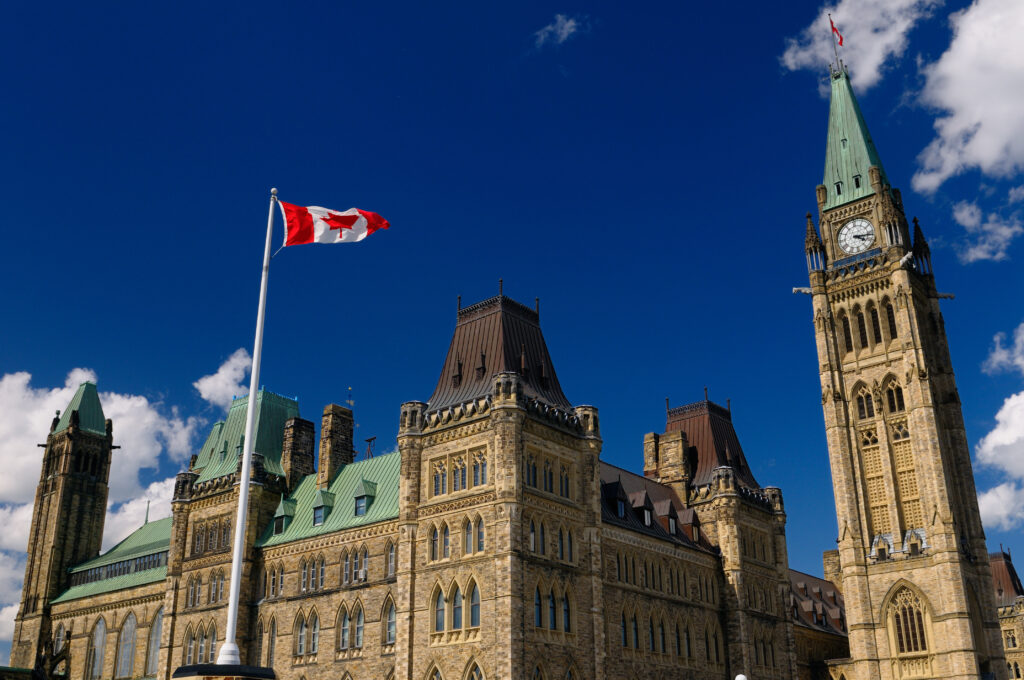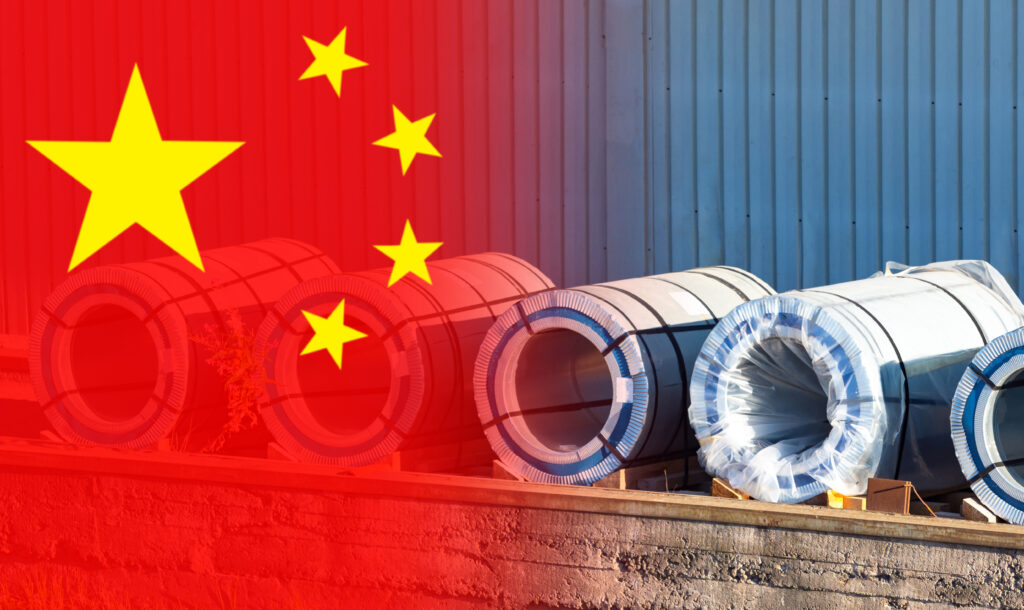Canada Slaps Higher Tariffs on Chinese Steel, Beijing Decries Move

Canada has joined the growing list of countries imposing tariffs on steel imports from China. Late last week, Canadian Prime Minister Mark Carney unveiled a comprehensive strategy to curb the influx of low-cost steel into Canada, with a focus on Chinese material. Like other countries, the main reason for the steel tariffs is to shield the domestic Canadian industry from global market distortions triggered by U.S. protectionism.
Canada already has 25% tariffs in place on steel and aluminum imported from China. Under the new strategy, the country has also decided to target Chinese steel manufactured in other countries. This is significant, as China was Canada’s second-largest trading partner in 2024, with bilateral trade totaling C$120 billion. The decision to implement the additional steel tariffs has drawn swift condemnation from Beijing, which accused Ottawa of violating international trade norms.
End the steel volatility game with weekly guidance that helps you plan, budget, and negotiate better using MetalMiner’s newsletter.
Canada’s Tariff Measures
The main points of the new strategy are as follows:
- 25% tariff on all steel imports from non-U.S. countries containing metal melted and poured in China.
- 50% tariff on steel imports exceeding new quota limits for countries without free trade agreements.
- Quota reductions: Non-FTA countries now limited to 50% of their 2024 steel export volumes.

Canada has blamed the disruptive impact of President Trump’s 50% U.S. steel tariffs for redirecting global steel flows into Canada. In fact, Mr. Carney claimed early on that his country would be one of the countries most impacted by these developments. According to an Industry Canada report cited by the Global Times, Canada imported over $16 billion in steel in 2024, of which approximately 50% came from the U.S. and about 10% from China.
Want to make every data dollar count? MetalMiner Select allows you to stop paying for unnecessary price points, focusing your investment on steel data that drives informed purchasing decisions.
Canada Joins a Growing List of Nations Focusing on Chinese Steel
According to the New York Times, Canada is set to tighten its trade controls by restricting steel imports from China and other countries impacted by recent U.S. tariffs. The move is designed to stabilize domestic markets and protect Canadian manufacturers from a surge of redirected, low-cost steel. As steel remains a cornerstone of Canada’s industrial base, officials cautioned that price volatility and production strain could escalate if corrective measures aren’t taken.

Canada has now joined the list of other countries that have imposed similar tariffs on Chinese steel since 2024. In early 2025, the U.S. raised cumulative tariffs to 70%. Meanwhile, Vietnam imposed anti-dumping duties on Chinese steel earlier this year. Other nations that have taken steps regarding steel tariffs include South Korea, Mexico and the European Union.
As MetalMiner has reported for years, China’s massive steel export volumes, which reached as high as 110 million tons in 2024, are driven by a combination of domestic economic shifts and strategic global positioning. Meanwhile, some of the main reasons why China is not really consuming its own steel are a lack of demand following a slump in real estate demand and a slowdown in industrial production.
China’s Response to the Steel Tariffs
As per this Reuters report, both China’s Ministry of Commerce and its embassy in Ottawa issued strongly worded statements regarding the new steel tariffs. For starters, the Chinese have accused Canada of violating World Trade Organization (WTO) rules and disrupting the global trade order. They have also warned of countermeasures to protect Chinese firms’ interests, calling the tariffs “unjustified, legally baseless, and ineffective.”

According to media reports, a spokesperson for China’s Ministry of Commerce stated that Canada’s steel industry is facing problems due to the unilateral tariff measures implemented by the United States. However, rather than facing up to that issue, the Canadian government is attempting to shift the damage onto other trading partners, such as China. They added that the move would harm bilateral economic ties.
MetalMiner’s solutions are your key to steel risk-mitigating strategies, view our full catalog of covered steel types and forms.
Domestic Fallout and Industry Reaction
Despite the reaction by Chinese officials, the Canadian Government’s move has been received positively by steel firms across Canada. The Canadian Steel Producers Association welcomed the additional tariff.

To cushion the impact on workers, Ottawa also announced $70 million in training and income support for up to 10,000 steelworkers. It will also inject $1 billion into the Strategic Innovation Fund for modernization and sustainability
Incidentally, it was only last year that Canada imposed 100% tariffs on Chinese EVs, after which China imposed tariffs on Canadian agricultural and seafood products. As trade talks with the U.S. intensify ahead of the August 1 deadline, the Canadian PM acknowledged that some form of tariff in any deal was likely unavoidable.
